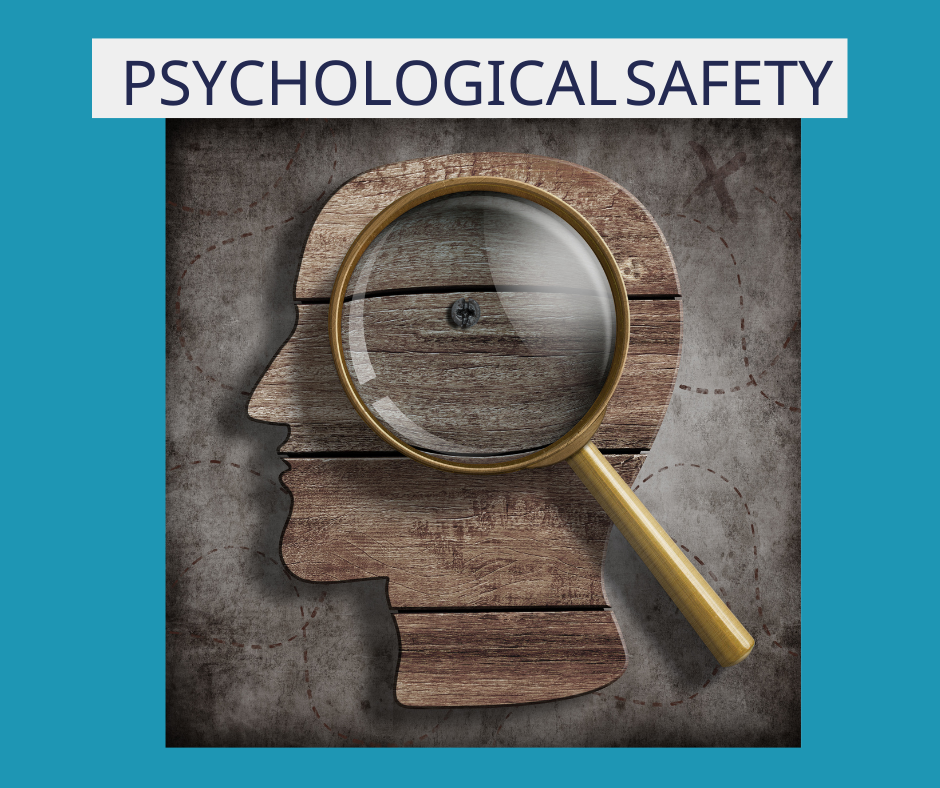Psychological safety is often misunderstood, but it’s essential for a thriving workplace. It means creating an environment where people feel comfortable speaking up without fear of negative consequences. Imagine being able to share ideas, admit mistakes, or take risks at work without worrying about judgment or backlash. When psychological safety is present, employees are more engaged, innovative, and committed. It’s not just about feeling safe—it’s about building a culture where everyone can truly contribute and be themselves.
How to be a good boss
Every good leader has been a bad boss at some point.
The truth is, we’re all a mixture of good and bad qualities and leadership often falls upon us by accident.
Managers - be they good leaders, or bad bosses - have a profound impact on their teams.
So what makes a bad boss, and what makes a good leader?
How can bad bosses become good leaders?
How Can Leaders Create Connectedness at Work?
Workplaces can be the drivers of positive mental health outcomes.
We live in a world where a huge number of people suffer from mental ill health and access to help is poor. As employers, why not go a step further from just ‘not making things worse’ to actually making things better?
Creating social-connectedness at work is one opportunity for leaders to impact their people positively. Loneliness experienced at home can seep into the workplace and leaders have the power to not only prevent work-based loneliness, but combat loneliness overall.
Workplaces can be the engines that drive a socially connected world.
How can leaders create an environment that fosters social connection?
How to Do Organisational Change
Whether it’s a restructure, a new senior hire, cost-cutting measures or a change in direction, organisations know change is a normal part of maintaining a successful business.
And yet organisations mess it up, creating disgruntled employees who fight them every step of the way - even when the new ideas are good and have the potential to help everyone.
Why is organisational change so hard?
And how can leaders do it well?
Loneliness: A Psychosocial Hazard?
Canada - that bastion of forward thinking - is currently working on developing public health guidelines for social connection to improve population mental health, and control mental and physical health risks. Bit like your five a day, but in chit-chats rather than fruit and veg.
Does that mean Friday night pizza parties are back on the work perks list, or should even form part of your Psychosocial Risk Management plan?. (TLDR: no. For more nuance, read on).
Psychological Safety: What is it, Why does it matter, and how can you create it for your team?
Feeling able to seek help, to admit mistakes, to speak up when something is wrong in the workplace, is less a reflection of the person doing the speaking and more of a reflection of whether their working environment enables them to feel safe to speak.
This is what we call Psychological Safety.
Ask yourself this - if one of your team members screwed up, would they feel confident that they could let you know, without fear of repercussions? Now dial-up the magnitude of the screw-up.






